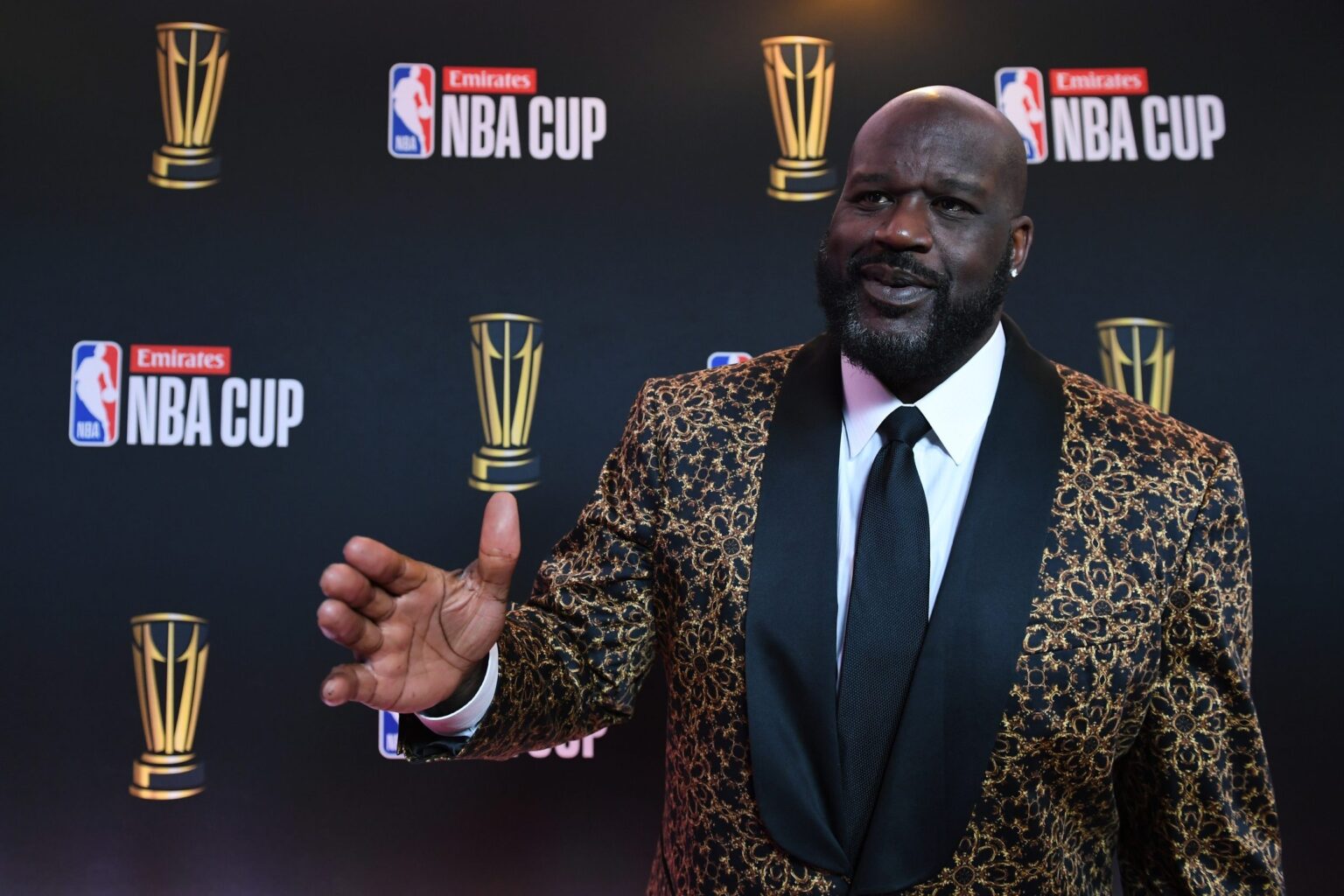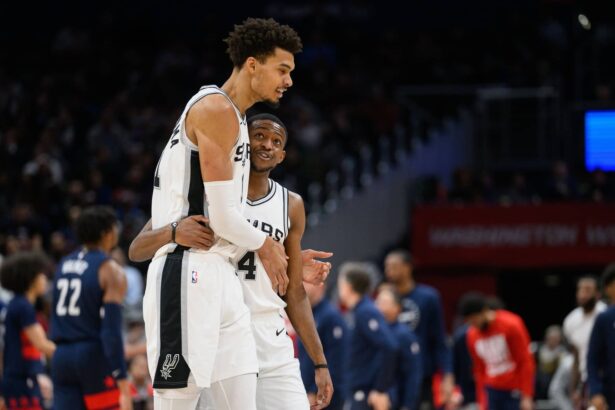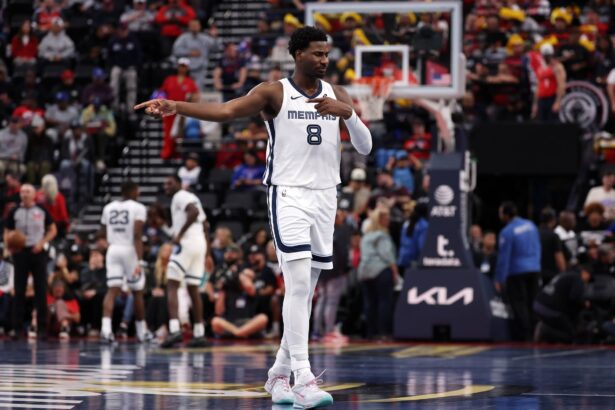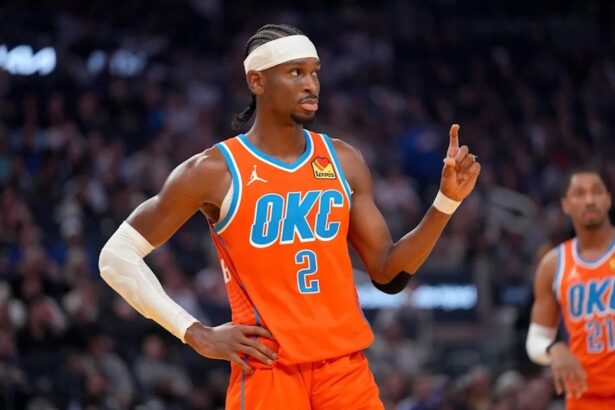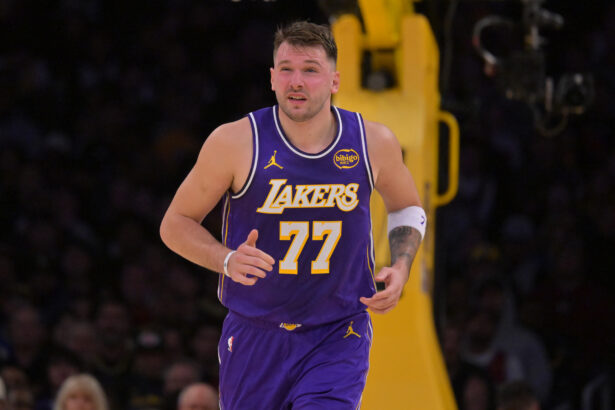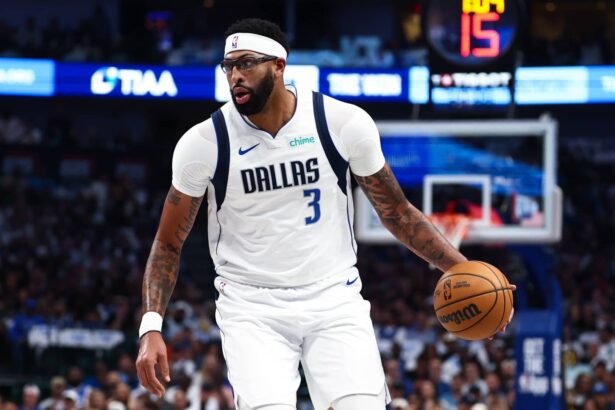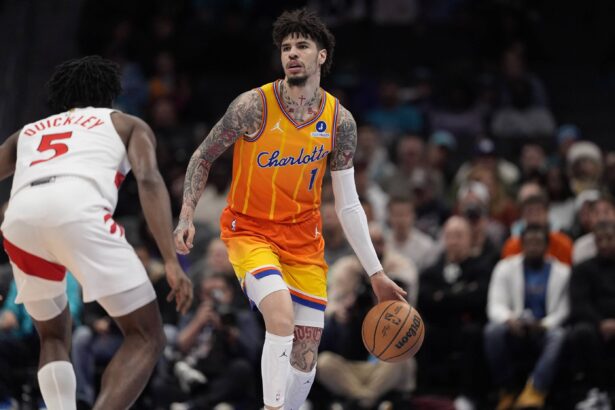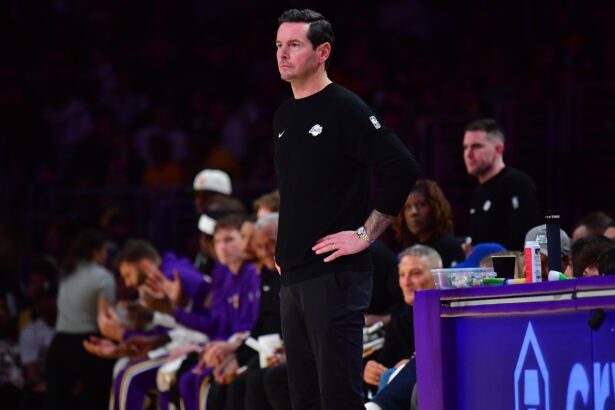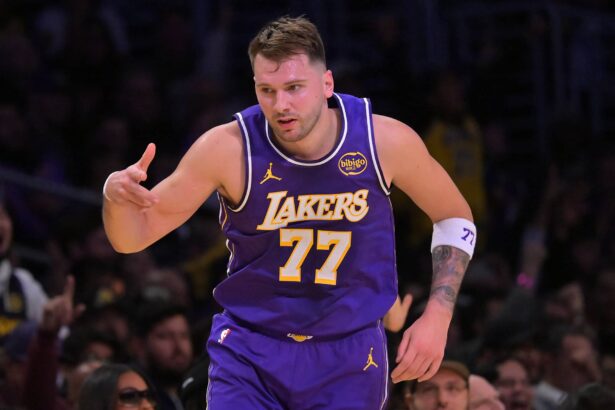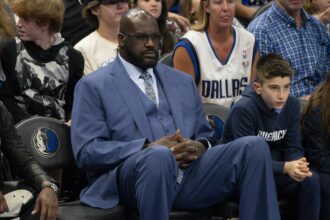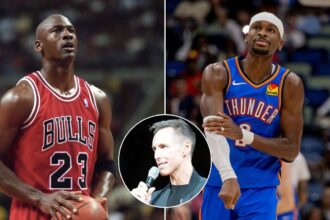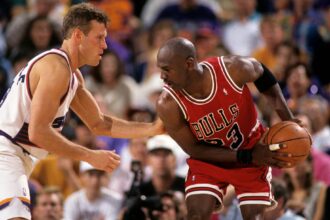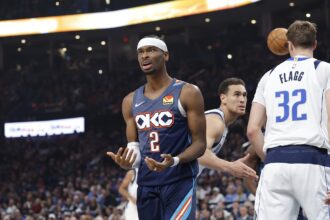When it comes to all-time debates, few players speak with more authority or volume than Shaquille O’Neal. The Hall of Famer, known for his dominance and his blunt opinions, recently revealed his Mount Rushmore of power forwards on Rushmore via X, and as always, his choices stirred up plenty of conversation.
“First one is a guy who I named who I couldn’t f***ing stop. I couldn’t intimidate. Couldn’t do nothing with him. Tim Duncan… Second one, Karl Mailman Malone. Lot of points. Stayed in shape, played great. Number three, fat boy, because he wasn’t supposed to play like that, but he did. That’s Charles… Now the fourth one, Kevin Garnett. Kevin Garnett played at a high level, and he went to Boston and helped him, helped him excel to that next level.”
It’s a list that makes sense: four classic power forwards who defined physicality, midrange mastery, and leadership for their eras. Yet the omission of one name, Dirk Nowitzki, immediately grabbed attention.
When Reggie Miller challenged him on that omission during a broadcast, asking if Dirk should be considered a power forward, Shaq didn’t hesitate.
“No the f**k he is not, he has no power to his game, he’s a three.”
That one line instantly ignited debate across the basketball world. For Shaq, positions are defined by dominance around the rim. A power forward, in his mind, must rely on strength, post presence, and the ability to punish defenders physically. That’s why his Mount Rushmore consists of players like Duncan, Malone, Barkley, and Garnett, all bruisers who could impose their will inside.
In contrast, Dirk’s game was built on finesse. He was seven feet tall but played like a guard, stretching defenses with his shooting touch and redefining what a big man could be. His one-legged fadeaway became one of the most iconic moves in basketball history, and his perimeter-oriented game laid the groundwork for today’s stretch bigs.
Still, Shaq’s definition is rooted in an older era. In the 1990s and early 2000s, positions were clearer: power forwards banged inside, centers lived on the block, and wings stayed outside. But by the time Dirk reached his prime, the game had evolved. His unique style blurred positional lines and forced teams to rethink how to defend seven-footers.
Even so, there’s a touch of irony in Shaq’s logic. Dirk may not have had “power” in the traditional sense, but he overpowered opponents in his own way with skill, precision, and patience. His ability to score over anyone, anywhere, made him just as unstoppable as the players on Shaq’s list.
While O’Neal’s Mount Rushmore celebrates strength and interior dominance, Dirk represents the evolution of the position. He proved that power doesn’t always come from size sometimes it comes from touch.
Whether fans agree with Shaq’s take or not, one thing is certain: the debate he reignited underscores just how much the game has changed since his era. For Shaq, the power forward is a warrior in the trenches. For everyone else, Dirk Nowitzki might be the reason that definition no longer fits.

